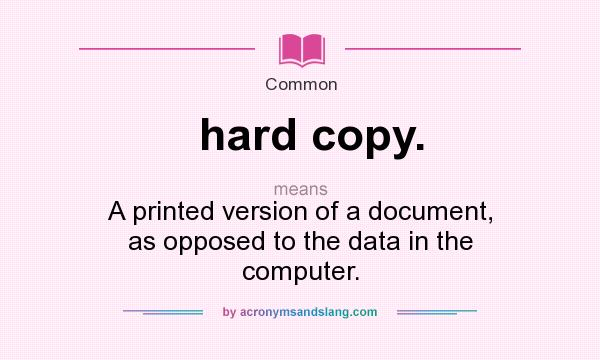

Both men and women can pass the genetic translocation for Down syndrome on to their children. Being carriers of the genetic translocation for Down syndrome.However, most children with Down syndrome are born to women under age 35 because younger women have far more babies. A woman's risk of conceiving a child with Down syndrome increases after 35 years of age. A woman's chances of giving birth to a child with Down syndrome increase with age because older eggs have a greater risk of improper chromosome division. Some parents have a greater risk of having a baby with Down syndrome. This means he or she has no signs or symptoms of Down syndrome, but can pass an unbalanced translocation on to children, causing Down syndrome in the children. When balanced translocations are inherited, the mother or father has some rearranged genetic material from chromosome 21 on another chromosome, but no extra genetic material. However, only about 3 to 4 percent of children with Down syndrome have translocation and only some of them inherited it from one of their parents. Translocation Down syndrome can be passed from parent to child. It's caused by a mistake in cell division during early development of the fetus. Most of the time, Down syndrome isn't inherited. There are no known behavioral or environmental factors that cause Down syndrome. These children have the usual two copies of chromosome 21, but they also have additional genetic material from chromosome 21 attached to another chromosome. Down syndrome can also occur when a portion of chromosome 21 becomes attached (translocated) onto another chromosome, before or at conception. This mosaic of normal and abnormal cells is caused by abnormal cell division after fertilization. In this rare form of Down syndrome, a person has only some cells with an extra copy of chromosome 21. This is caused by abnormal cell division during the development of the sperm cell or the egg cell. About 95 percent of the time, Down syndrome is caused by trisomy 21 - the person has three copies of chromosome 21, instead of the usual two copies, in all cells.

Any one of three genetic variations can cause Down syndrome: This extra genetic material is responsible for the characteristic features and developmental problems of Down syndrome.
Copy that meaning full#
These cell division abnormalities result in an extra partial or full chromosome 21. One chromosome in each pair comes from your father, the other from your mother.ĭown syndrome results when abnormal cell division involving chromosome 21 occurs. Human cells normally contain 23 pairs of chromosomes. However, if you have any questions regarding your pregnancy or your child's growth and development, talk with your doctor. When to see a doctorĬhildren with Down syndrome usually are diagnosed before or at birth. Language is delayed, and both short and long-term memory is affected. Most children with Down syndrome have mild to moderate cognitive impairment. Infants with Down syndrome may be average size, but typically they grow slowly and remain shorter than other children the same age. Tiny white spots on the colored part (iris) of the eye called Brushfield's spots.Relatively short fingers and small hands and feet.Broad, short hands with a single crease in the palm.Upward slanting eye lids (palpebral fissures).Though not all people with Down syndrome have the same features, some of the more common features include: Some people are healthy while others have significant health problems such as serious heart defects.Ĭhildren and adults with Down syndrome have distinct facial features.

Each person with Down syndrome is an individual - intellectual and developmental problems may be mild, moderate or severe.


 0 kommentar(er)
0 kommentar(er)
